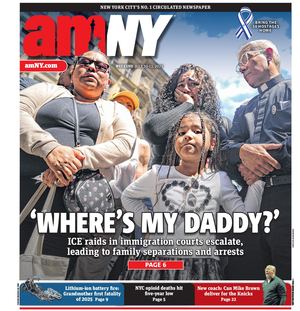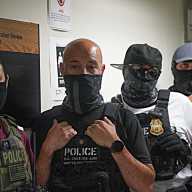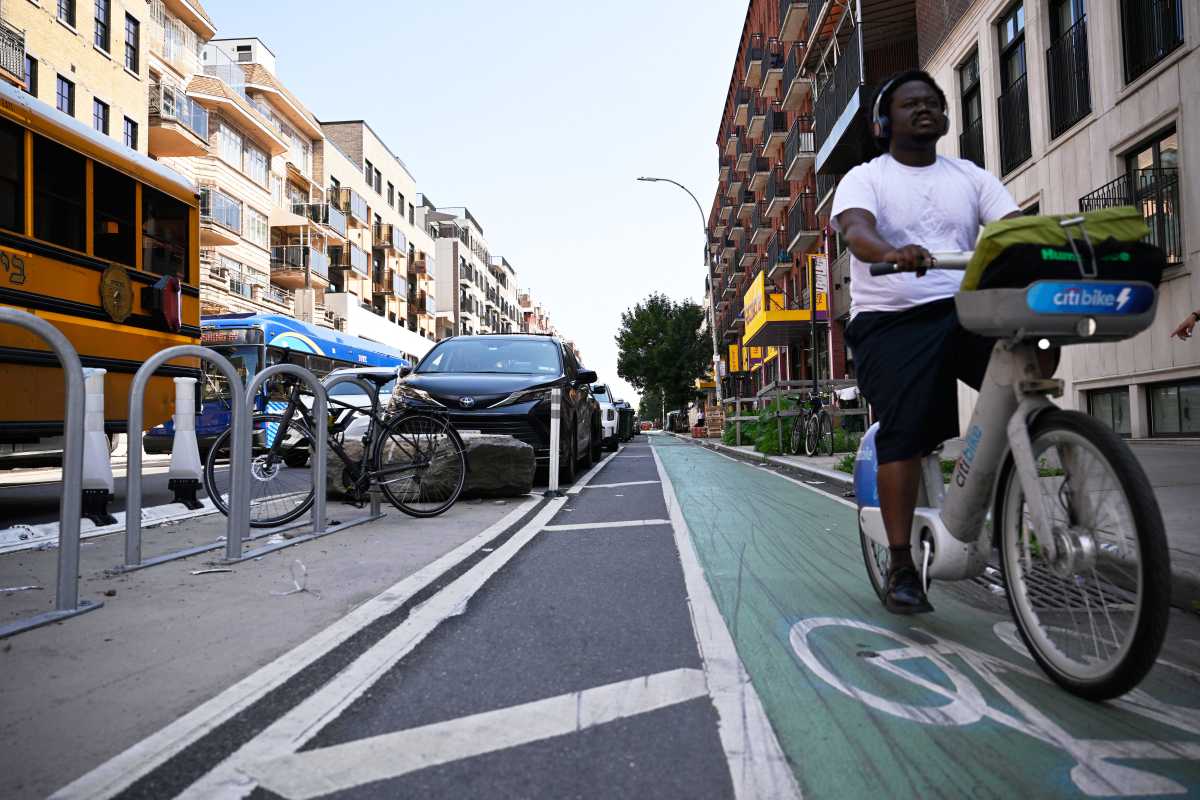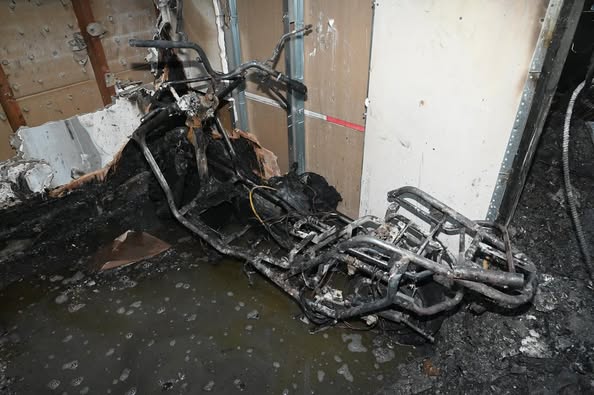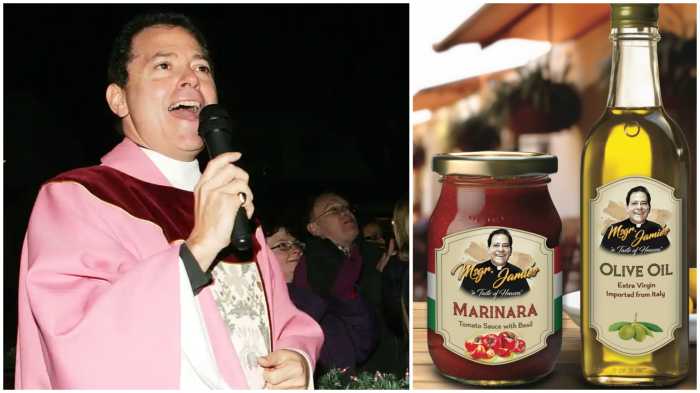By Julie Menin
Nearly a decade ago on September 11, 2011, our neighborhood was devastated by terrorist attacks that killed thousands of people and left a sixteen acre hole in the heart of our community. In the hours, days and weeks following the attacks, fine ash fell from the sky like snow and the air we breathed was suffused with toxic dust: it coated the surfaces in our homes, workplaces, and schools, and hung in the air of our neighborhood. Many doubted our community would ever be able to rebuild.
Ten years later, I am proud to report that Lower Manhattan is more populous, more vibrant, and stronger than ever before. Even the recently released 2010 U.S. census data, which we have reasons to believe grossly undercounts our population, shows that Lower Manhattan has experienced growth unsurpassed by anywhere else in the city. Our own population studies have already shown that Lower Manhattan’s population has doubled since 2000, and that the population in the Financial District has tripled. Since 2000, a net 30,000 new residents have moved into Community Board 1.
At Community Board 1, we have never shied away from difficult questions. Last year, we wrestled with two of the biggest cultural wedge issues, and it was a banner year for our neighborhood in terms of victories. We led the charge to get the Khalid Sheikh Mohammed trials moved to a location outside of the city (while maintaining the need for a civilian as opposed to a military trial). We also stood up for religious freedom–not to mention our own community’s need for more community amenities–in passing a resolution in support of plans to build the Islamic community center and mosque that will offer programs and services to our growing community at 45-51 Park Place.
We worked to help break the impasse at the World Trade Center site between Silverstein and the Port Authority in their negotiations last year. Our members also spent hundreds of hours advocating for the passage of the James Zadroga 9/11 Health and Compensation Act, finally signed by the President Obama this winter, and for the inclusion of residents and children in the bill along with first responders, which will address the lingering health impacts from 9/11 that we continue to see.
On the education front, we successfully fought the Department of Education’s ill-conceived plans to house a charter middle school at Tweed Courthouse. The D.O.E. has now promised to open a new elementary public school at Tweed for the 2012-2013 school year. This will be the third public school that we have successfully created Downtown in the last four years, truly a victory for our children.
We also uncovered over $200 million in unspent funds at the Lower Manhattan Development Corporation. ConEdison attempted to lay claim to these funds, but we successfully advocated for the L.M.D.C. to allocate the money for Downtown needs, including our request for $100 million to go to the World Trade Center Performing Arts Center. The P.A.C. has been a top priority of our board as a key economic revitalization project that would create immediate and long-term local jobs.
Our dramatic population growth has brought significant changes to the character of our neighborhoods. The rezoning of Tribeca North has cemented the now mixed-use nature of the area. We strongly and successfully advocated for inclusionary zoning to allow for the construction of more affordable housing, a top priority of our board. We are now doing a survey of all the existing affordable housing units in C.B. 1, are pushing to maintain the existing stock of affordable housing and trying to ensure that new affordable housing is built.
In five months, the September 11th Memorial, an area bigger than Bryant Park, will open and we are already gearing up for the estimated additional 5 million visitors a year from around the world. The influx of people and projects Downtown raises unique transportation challenges. We insisted that we be able to participate in the Department of Transportation’s working group on pedestrian and vehicular management in conjunction with the tenth anniversary. We need to advocate for the D.O.T. to develop a plan that will ensure the influx of buses and tourists does not overwhelm our neighborhood. And as visitors come to reflect on the attacks ten years ago, we look forward to sharing our legacy since then, one of which we can be proud.
Our tremendous achievements have not, however, come without some personal losses. This past year, we lost Anne Compoccia (a former C.B. 1 chairperson), Andy Jurinko, and Albert Capsouto, three dedicated community activists. We were successful in convincing the Parks Department to rename CaVaLa Park for Albert Capsouto. Our achievements stand on the shoulders of our stalwart and exceptional community who helped pick up the pieces after the 9/11 attacks and transformed our pioneering residential community into the robust, vibrant, incredibly fast-growing community it is today. The triumph of our neighborhood is a story of which Lower Manhattan, the city, and our nation can all be proud.
Julie Menin is the Chairperson of Community Board 1.
